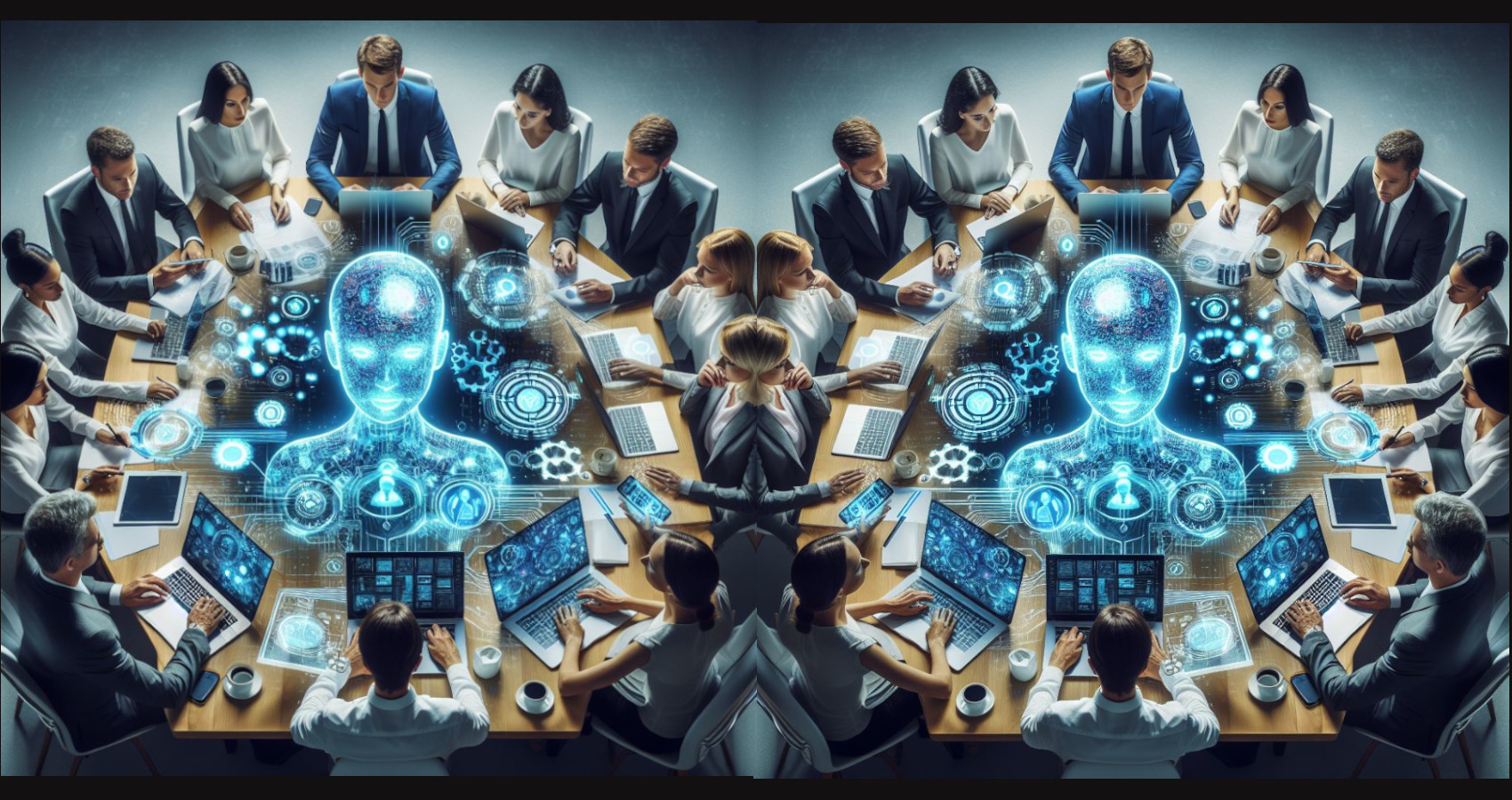Generative AI and Copyright Confluence

Introduction
Generative Artificial Intelligence (Generative AI) is an innovative field that combines machine learning and creativity. Unlike traditional AI, which focuses on classification and prediction, generative AI aims to create new content autonomously. It's like having an AI artist, writer, composer, or programmer at your fingertips.Generative AI has found applications across various domains:
- 1. Art and Design:
From generating unique paintings to designing novel 3D models, generative AI pushes the boundaries of creativity - 2. Gaming:
Game developers use generative AI to create dynamic game worlds, characters, and narratives - 3. Medicine:
It assists in drug discovery, medical imaging, and personalized treatment plans - 4. Advertising:
Brands leverage generative AI to create compelling ads and marketing content. - 5. Cybersecurity:
Detecting anomalies and predicting cyber threats are enhanced by generative AI
This nascent technology burst onto the tech scene in the very recent years, showing immense promise but also raising complex legal and ethical issues. Models like GPT-4, DALL-E 3, and ChatGPT can generate remarkably human-like text, images, and conversations after training on vast datasets. Generative AI's rapid advancement is both exciting and challenging. As it generates content, it often draws inspiration from existing works—text, images, music, and more. Here lies some of the crux of the issue: who owns the copyright to AI-generated content?
The Copyright Conundrum or Dilemma:
Generative AI models are trained on massive sets of text, images, audio, code, and other data. For example, the GPT-3 language model was trained on over a trillion words from websites, books, and other online sources. This training data is scraped from the internet without direct permission from copyright holders in many cases.Media companies like the New York Times argue this training process infringes on their copyrights. They demand better systems to track the usage of their articles in datasets. AI labs counter that this data usage constitutes fair use for research purposes. But critics say for-profit AI products go beyond just research.
This has led to accusations of copyright infringement by major media outlets. At the same time, the novel artificial outputs produced by these systems don't neatly fit into existing copyright rules meant for human creations.
The copyright status of the AI outputs themselves is also ambiguous. Text and images generated by models like GPT-3 and DALL-E contain no traces of the original training data. But they wouldn't exist without that underlying data. So who owns the copyright - the AI system creators or the original data sources?
Generative AI's rapid advancement is both exciting and challenging. As it generates content, it often draws inspiration from existing works—text, images, music, and more. As these advances accelerate rapidly, regulatory frameworks are struggling to keep up. There is a need to balance protecting the rights of original content creators while also fostering innovation in this emerging technology.
Authorship and AI Outputs
The U.S. Copyright Act grants protection to "original works of authorship." However, it explicitly recognizes copyright only in works "created by a human being." Courts have consistently held that nonhuman entities cannot be authors.Recently, Stephen Thaler's lawsuit against the Copyright Office tested this boundary. Thaler claimed that an AI program called the Creativity Machine autonomously authored visual artwork. However, the court ruled that "human authorship is an essential part of a valid copyright claim." Dr. Thaler plans to appeal, but the question remains: Can AI outputs be copyrighted?
Fair Use and Training Data:
Generative AI models learn from vast datasets, including copyrighted material. But is this fair use? Courts have yet to provide a definitive answer. Some argue that using copyrighted works as input for generative AI falls under fair use, akin to Google Books' digitization of books for search purposes.However, the unauthorized use of copyrighted data to train AI systems cannot be a blanket fair use exception. Striking a balance between creators' rights and AI innovation is crucial.
Navigating the Uncertainty
There are good-faith arguments on both sides of this issue. Media outlets want compensation for the value their content provides in training AI systems. However restrictive copyright laws could also stifle progress on promising technologies like generative AI.One approach is to develop better systems for compensating original content creators whose work gets utilized in AI training datasets. Companies like Anthropic and Cohere are exploring models where AI users pay licensing fees that get distributed among data sources.
Changes to fair use laws may also be needed to clarify the allowable uses of copyrighted data for research purposes. The "non-expressive" nature of AI training could warrant more flexible fair-use provisions than in other contexts.
For AI-generated outputs, new intellectual property frameworks may be required. One idea is sui generis protection specifically for synthetic media - to recognize it is unique from human creations. There have also been proposals for compulsory licensing models, to enable broad access to AI outputs while providing royalties to stakeholders.
Regulatory Solutions:
1. Revisit Authorship:Regulatory bodies should reconsider the definition of "authorship." While human involvement remains essential, collaborative authorship (human-AI teams) could be recognized.
2. Fair Use Guidelines:
Establish clear guidelines for using copyrighted data in AI training. Transparency about data sources and purposes is vital.
3. Licensing Models:
Explore licensing models specific to AI-generated content. Creators could license their works for AI training, ensuring fair compensation.
Conclusion
Generative AI has tremendous potential benefits but also disrupts established copyright paradigms. We must navigate the copyright maze carefully. With wise policy and cooperation among tech companies, legislators, and media outlets, solutions can be found to encourage innovation while also protecting creative rights. By fostering collaboration, transparency, and innovative licensing, we can embrace this technology without stifling creativity or infringing on creators' rights. But we must act quickly, as technological progress moves at breakneck speed. If balanced well, we could be on the brink of an explosion of wonderful new generative AI applications. Remember, the future lies not in humans versus AI but in humans working alongside AI to shape a more imaginative world.Watch The Video